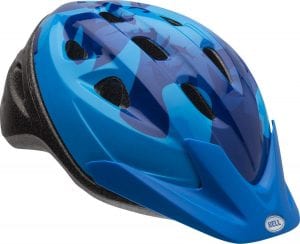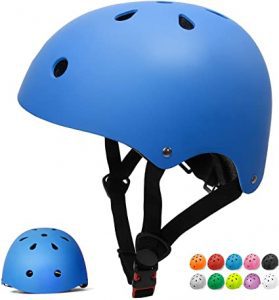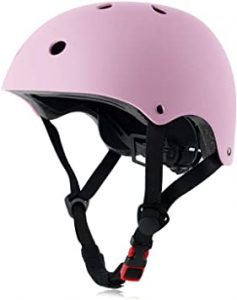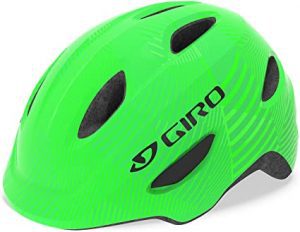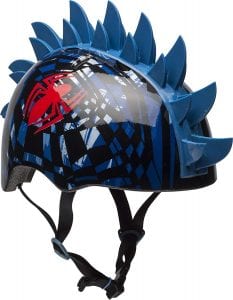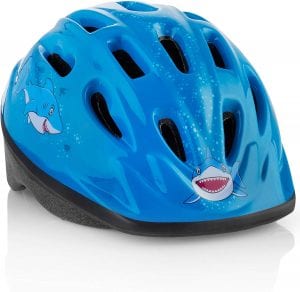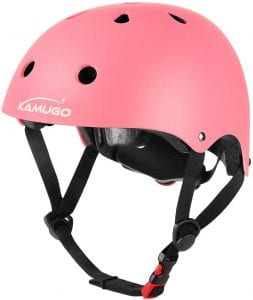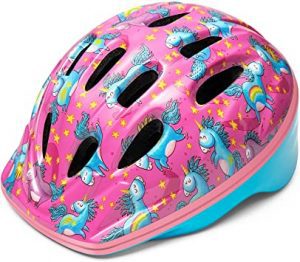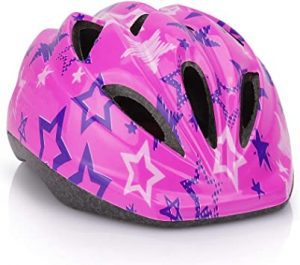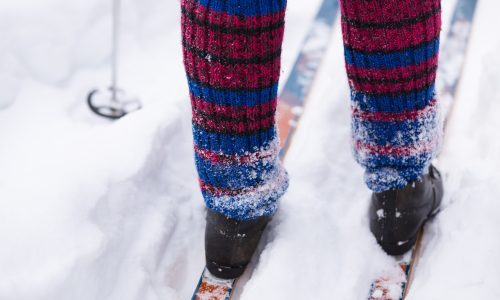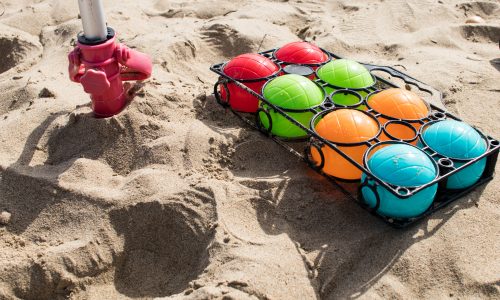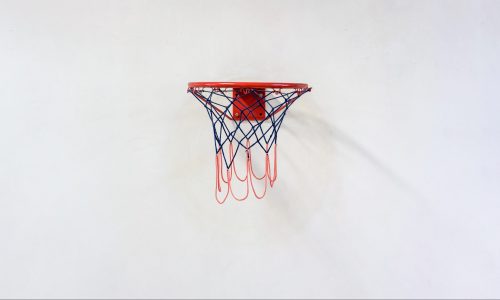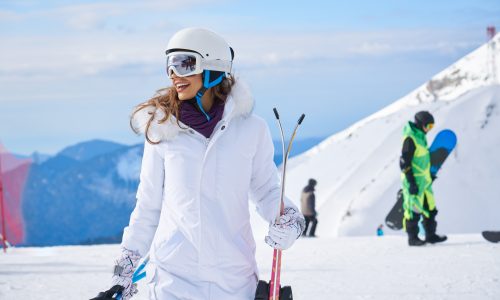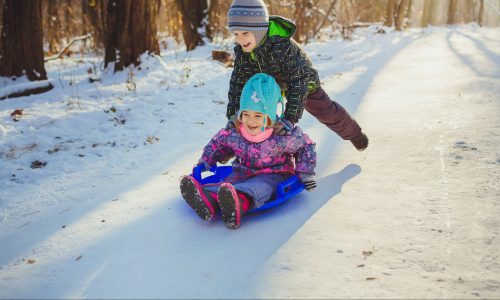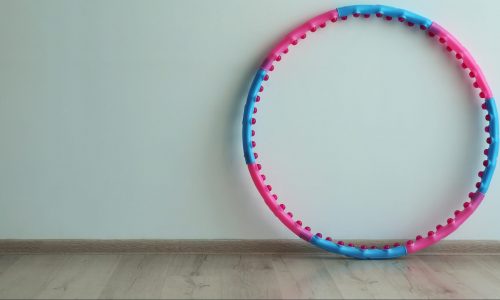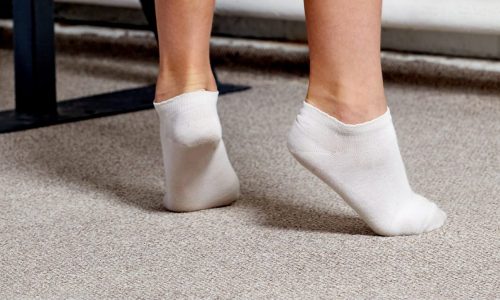The Best Bike Helmets for Kids
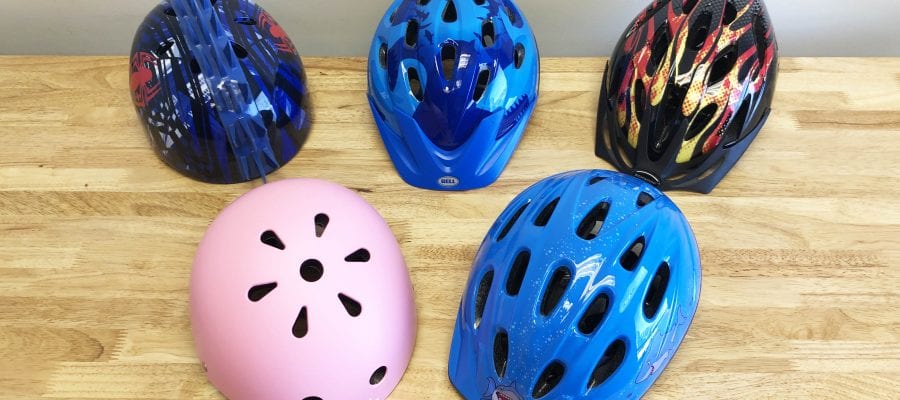
Our Review Process
Don't Waste Your Money is focused on helping you make the best purchasing decision. Our team of experts spends hundreds of hours analyzing, testing, and researching products so you don't have to. Learn more.
Our Picks For The Top Kid Bike Helmets
- 1. Bell Kids Rally Bike Helmet
- 2. Glaf Multi-Sport Adjustable Bike Helmet For Children
- 3. OUWOR Shock & Sweat Absorption Bike Helmet For Children
- 4. Giro Scamp Multi-Directional Impact Protection Bike Helmet For Children
- 5. Bell Marvel Avengers Kids Bike Helmets
- 6. TeamObsidian Adjustable Kids Bike Helmet
- 7. KAMUGO Kids Adjustable Multi-Sport Helmet
- 8. OutdoorMaster Vented Max-Padded Bike Helmet For Children
- 9. LX LERMX Shock-Absorbing Lightweight Bike Helmet For Children
The Bell Kids Bike Helmet can be worn at the skate park in addition to on a bike. It has several adjustable features so ensure a snug and safe fit. The 16 air vents enable riders to keep cool while working up a sweat.
Multisport Helmet with Adjustable FeaturesThe Bell Kids Bike Helmet has a size adjuster and chin strap adjuster for the optimal fit.
With adjustable straps and sizes from small to large, you can easily find a helmet to fit your child. The lightweight build and EPS foam interior keeps wearers comfortable, but you don't have to worry about sacrificing safety for comfort. The outer shell is made from ABS plastic to provide superior protection.
Versatile UseWhether you're gearing up to bike, skateboard, scooter or tackle another sport, this helmet is up for the job.
A crank adjustment dial and length-adjustable chin straps help you find the perfect fit for your child. You'll also get two sets of pads in varying thickness and three sizes to further ensure the helmet sits comfortably. High-quality EPS foam absorbs impact while an ABS shell safeguards the head from injury.
Beat the HeatThe 11 built-in vents keep air moving to help your little one stay cool even on hot summer days.
The unique multi-directional impact protection system sets this helmet apart from competitors. This design ensures the helmet will stay in place and provide excellent protection. You can adjust both the vertical position and tension of the helmet to help your little one find optimal comfort.
Great for Younger ChildrenThese helmets are specially engineered to fit the heads of preschool-age children, reducing slippage to provide a full fit.
Buying Guide
Learning to ride a bike is a childhood rite of passage that many kids go through. However, while riding a bike can be loads of fun, it also comes with some danger. Whether your little one is just learning to ride a bike or is an expert, it’s critical to always wear a bike helmet.
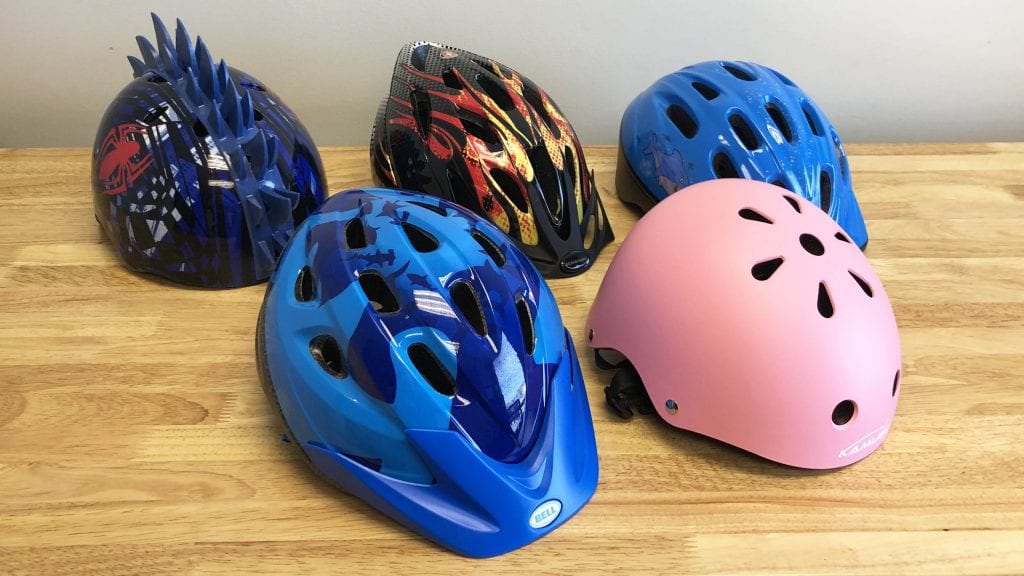
“Safety first,” says Stephanie Mansour, certified personal trainer and health and wellness expert. “All bike riders should wear a bike helmet to protect their head, skull, brain and face. A bike helmet can help minimize the effects of a spill. Especially with kids who have less experience riding bikes than adults, wearing a helmet is as necessary as the bike to go bike riding.”
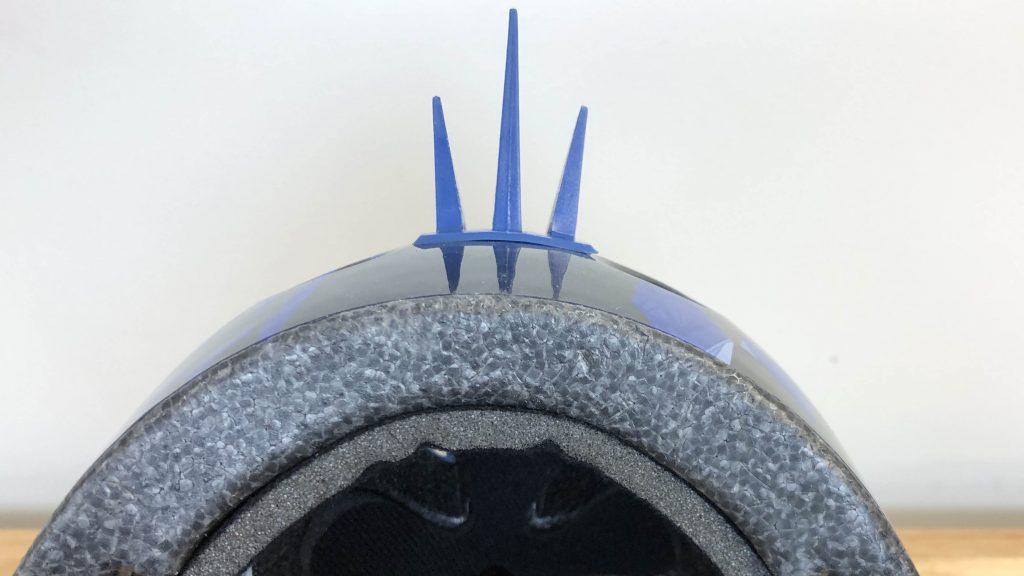
The key advantages of wearing a bike helmet are that your child will be safe during their ride. If they have a spill, you can rest assured that their head will be protected. “Bike helmets help protect the structural components of the head and face as well as the brain,” says Mansour. “Your child will feel protected and strapped in while wearing the bike helmet.” For those that are just learning to ride, a bike helmet can help provide confidence that they are safe.
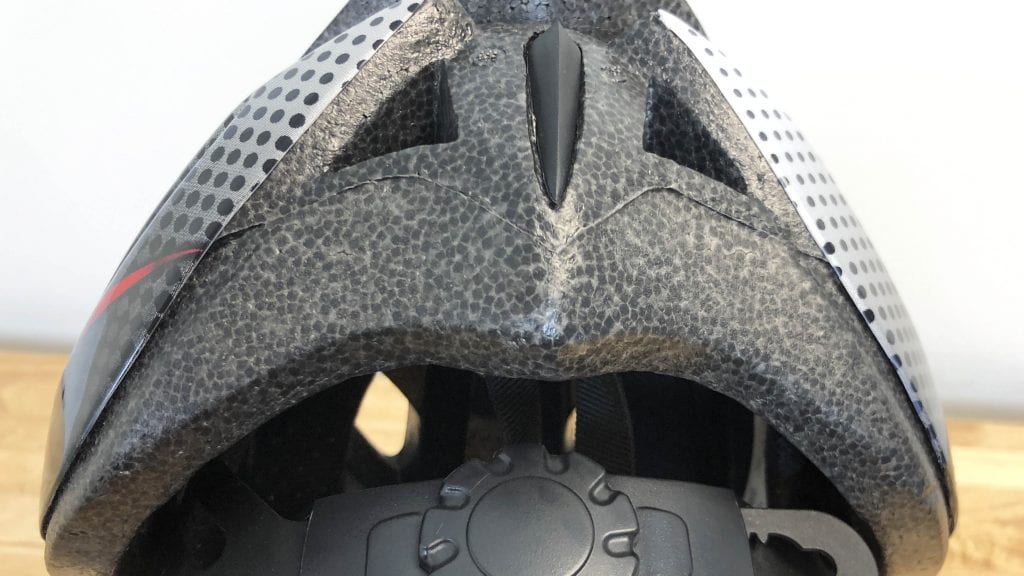
Keep in mind that wearing a helmet isn’t something you should do only when going on a long bike ride on a bumpy road. It’s something that needs to be worn at all times. “An unexpected fall can happen at any time off of a bike,” says Mansour. “Whether you’re riding on a dirt road, sidewalk, or a busy street, a helmet that fits on a child’s head right now — rather than one they will grow into — can greatly reduce the risk and severity of head injuries.”
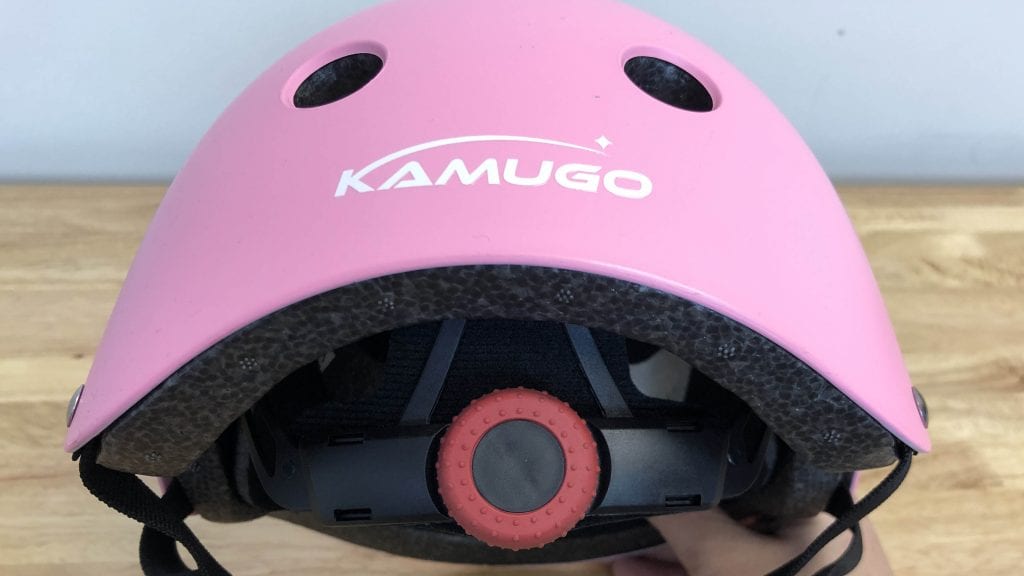
When buying a helmet for your child, it’s critical to ensure that the fit is snug. Resist the urge to buy a helmet in a larger size that your child can grow into. “To test the fit of the helmet, open up your mouth wide and make sure you feel the helmet pressing to the top of the helmet,” says Mansour. “This will help you reap the benefits of the helmet’s proper fit by ensuring that it is snug enough.”
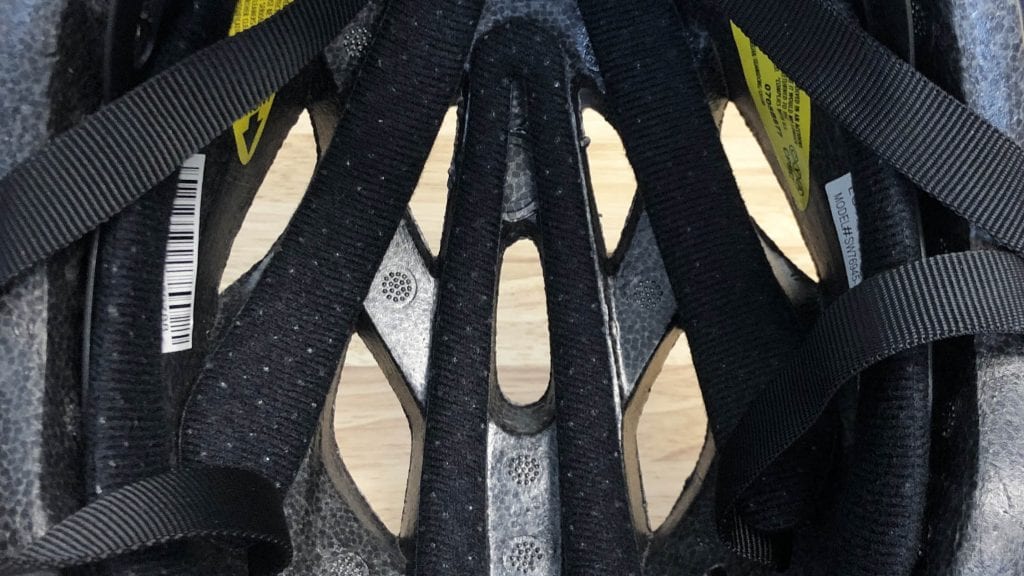
Always ensure that the helmet you’re selecting for your child has the safety and adjustability features you need to keep your little one protected. “Look for adjustable straps and a helmet with padding,” says Mansour. “Do not purchase a one-size-fits-all helmet. You can find affordable helmets that are adjustable and have pads on the inside of them.”
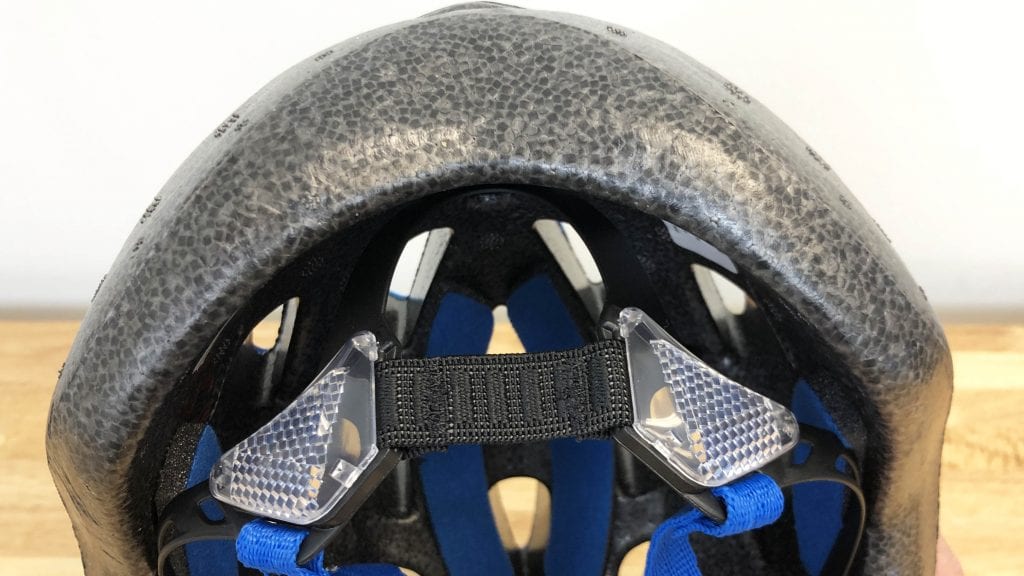
Keep in mind that comfort is a major purchasing factor. If your little one is not comfortable in their helmet, they will not want to wear it. “You want to make sure that your child is comfortable in that helmet so make sure that they can shake their head and turn side to side,” says Mansour. “You want the helmet to fit low on the forehead, and there should be a two finger-width distance from the eyebrows to the tip of the helmet.”
Our Expert Consultant
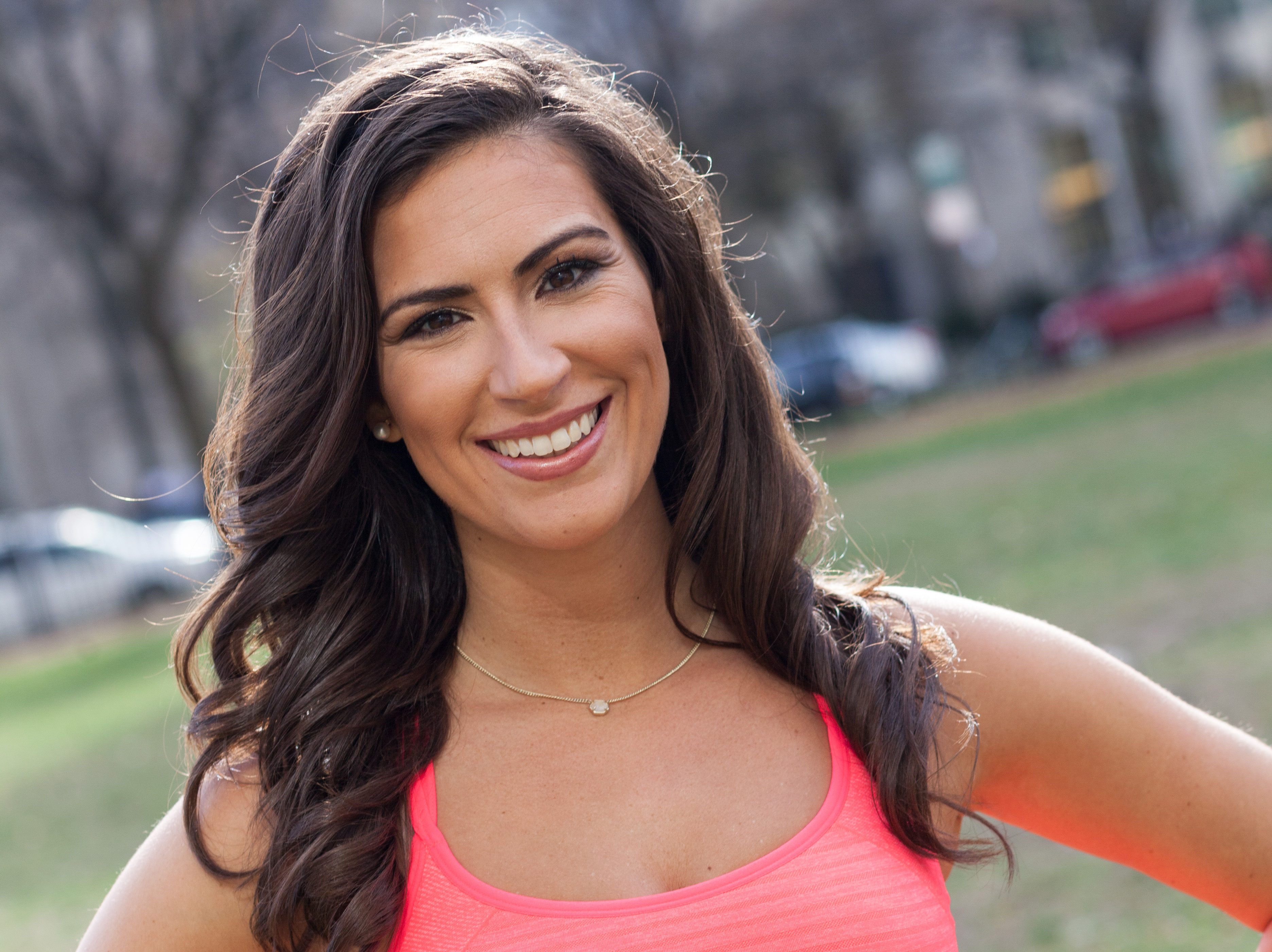
Certified Personal Trainer, Health and Wellness Expert
Stephanie Mansour, host of “Step It Up with Steph” on public broadcasting, has been coaching women for over a decade on how to lose weight and make it last. She has a Bachelor of Arts in communications with an emphasis on women’s studies and psychology from the University of Michigan. She holds certifications in life coaching, personal training, yoga and Pilates.
What to Look For
- When purchasing a bike helmet for your child, the first thing you need to do is check the size.
“Kids’ bike helmets are not a one-size-fits-all product,” says Mansour. “First, measure your kid’s head by using a soft tape measure one inch above their eyebrows. This will give you the circumference of the thickest part of their head. Make sure to find a helmet that fits a number within that size range in order to get a good-fitting helmet.”
The Schwinn Lightweight Kids Bike Helmet has a suggested head circumference of 22.88 to 24.5 inches, while the Bell Kids Bike Helmet has a size range of 52-56 cm. The Bell Marvel Avengers Kids Bike Helmet is sized for children between five and eight years old, while the TeamObsidian Adjustable Kids Bike Helmet can be worn by kids between ages three and seven. - It’s critical to buy a helmet that has several adjustable features. This will ensure that you can personalize the size and fit of the helmet for your child. If the helmet does not fit properly, then it may not provide the full protection your child needs while riding their bike.
“Make sure that the helmet straps form a ‘V’ right under each ear to the chin. You can look in the mirror for this,” says Mansour. “Never buy a helmet that’s too big in the hopes that your child’s head will grow into it! Instead, you want to purchase a helmet that fits snugly with the inside pads pressing against the head.” - Kids can get pretty hot while riding their bikes, especially if they are on them for a long time. In the summer heat, sweat can build up within just a few minutes. When buying a bike helmet for your child, be sure to check out the ventilation features.
“The breathability of the helmet helps to keep the kid’s head cool even while sweating a bit,” says Mansour. With enough ventilation, your child can remain comfortable even while working up a sweat.
More to Explore
Your bike helmet takes good care of you, so it’s important to take good care of your helmet. When you want to clean a bike helmet, avoid using any chemical solvents that can damage the shell and padding. Use a soft cloth or sponge and water. If you want, you can also use mild soap. On many helmets, the pads can be removed and washed separately.
In terms of storage, be sure to keep your helmet somewhere cool. Attics, garages and car trunks can get hot, especially in the summer months. Excessive heat around your helmet can cause bubbles to form on it, which can compromise the safety.
While sharing is nice, try not to loan out your helmet to others. It’s important to be aware of what happens to your helmet so that you can replace it if it has been in an accident. If you loan out your helmet, you may not be aware of everything it goes through.

